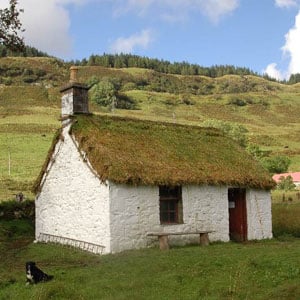
A coppersmith, a Highland thatcher and a trainee sailmaker are among seven recipients of a new round of grants to help safeguard some of UK’s most endangered crafts. Five of this round’s grants are funded by The Radcliffe Trust and were selected with special consideration of the impact of the energy crisis.
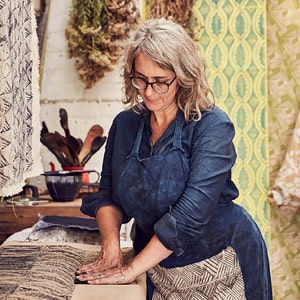
A block printer, a trainee rake maker and a reverse glass sign artist have been awarded grants to help safeguard some of Sussex’s most endangered craft skills, thanks to a partnership between Heritage Crafts and the Sussex Heritage Trust.

A pargeter, a shoe maker, reverse glass sign makers and a passementerier are the recipients of the latest round of grants awarded to help safeguard some of the UK’s most endangered craft skills. With the support of the Pilgrim Trust, we have awarded a further five grants from our Endangered Crafts Fund.

Heritage Crafts and Axminster Tools have announced the finalists of the inaugural Woodworker of the Year award, including a woodcarver, a furniture maker and a musical instrument maker. The winner will be announced on Monday 30 January.
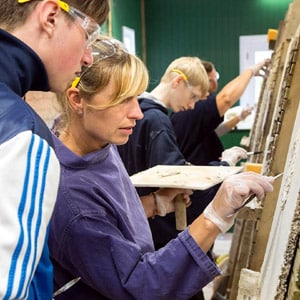
The three finalists for the third President’s Award for Endangered Crafts, established by Heritage Crafts President HRH The Prince of Wales, have been announced, including a pottery manufacturer, a split hazel basket maker, and a pargeter.
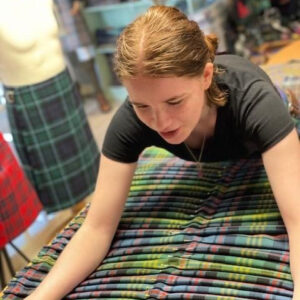
A kiltmaker, a clockmaker and a typefounder are among the recipients of the latest round of grants awarded to help safeguard some of the UK’s most endangered craft skills.
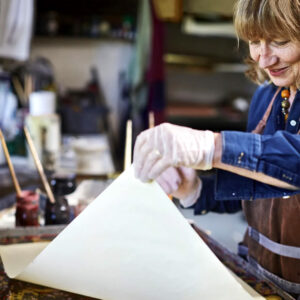
21 March 2022 marked the inaugural #EndangeredCraftWeek, an effort by Heritage Crafts and partner The Prince’s Foundation to shine a light on the urgent need to preserve traditional craft skills.
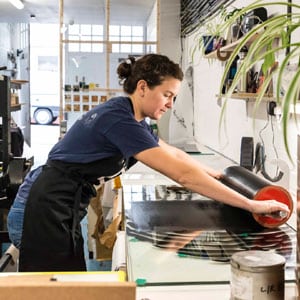
A lithographer, a wallpaper maker and an oak bark tanner are among the recipients of the latest round of grants awarded to help safeguard some of the UK’s most endangered craft skills.
The three finalists for the second President’s Award for Endangered Crafts, established by Heritage Crafts Association President HRH The Prince of Wales, have been announced. Each year the President’s Award presents £3,000 to a heritage craftsperson who will use the funding to ensure that craft skills are passed on to the future. The winner will […]
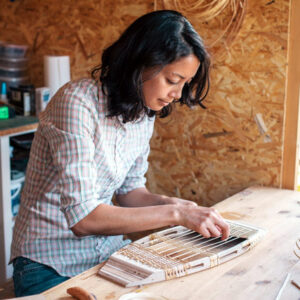
A chair seater, a concertina maker and a brick and tile maker are among the recipients of the latest round of grants awarded to help safeguard some of the UK’s most endangered craft skills.
This report arises from the first UK-wide survey of the endangered basketry skills we carried out in partnership with the Basketmakers’ Association, the Worshipful Company of Basketmakers and the Museum of English Rural Life. Its aims were to raise awareness, to create a list of endangered skills, and to consult with the basketmaking community to […]